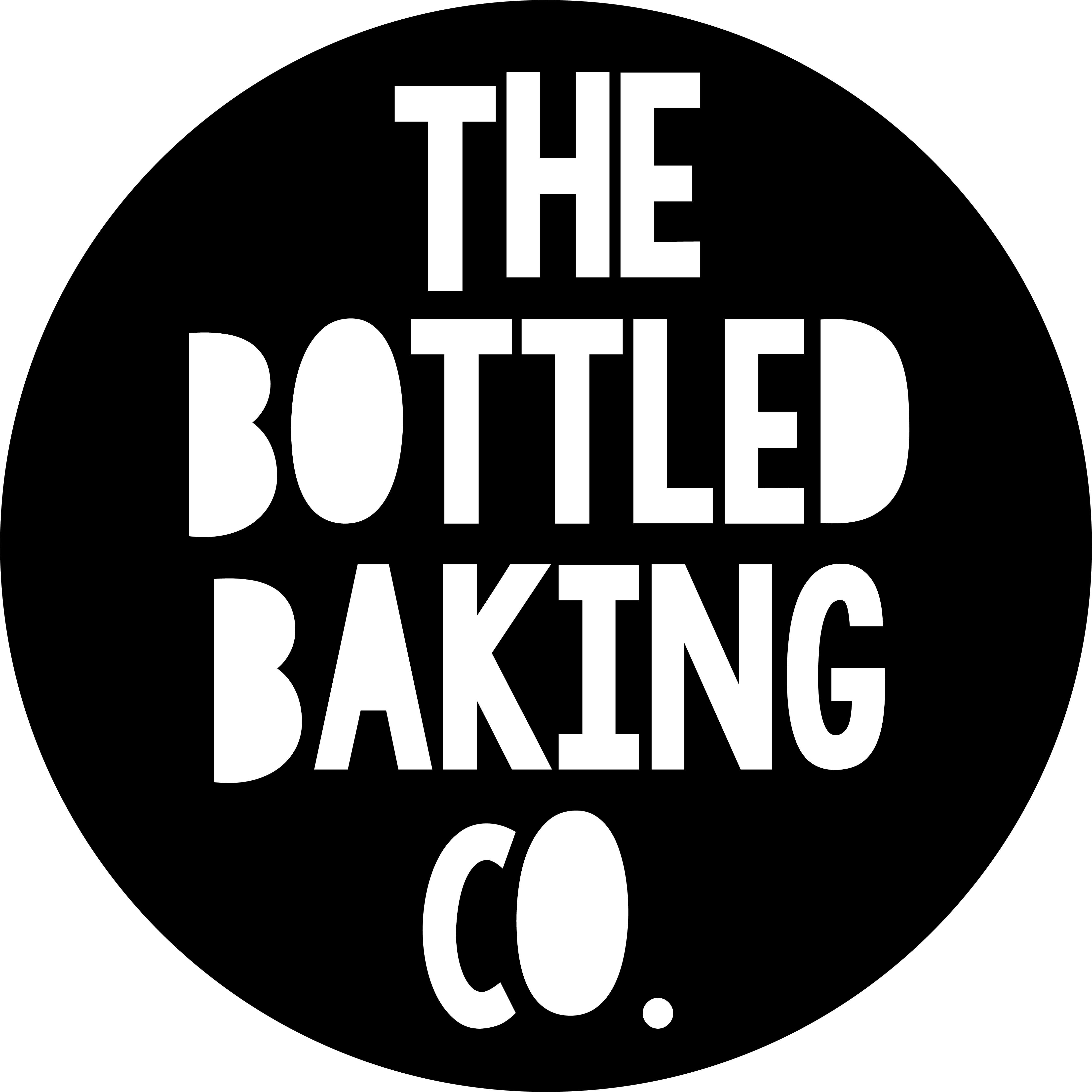
We sometimes find it really frustrating trying to navigate what oven temperature to use for what type of bake. But when it comes to baking, getting the oven temperature right is key to achieving perfect results. Too hot, and your bakes may burn on the outside while remaining undercooked inside. Too cool, and they might not rise properly or take much longer to bake. Understanding oven temperatures and how to convert them can make all the difference in your baking success!
Oven Temperatures
There are three main temperature scales used in recipes worldwide:
-
Celsius (°C): Usually used in Europe, Australia, and most of the world.
-
Fahrenheit (°F): Primarily used in the United States.
-
Gas Mark: A traditional British system often seen in older recipes or older houses (generally).
If you come across a recipe that uses a different scale than your oven, you'll need to convert the temperature to ensure your bakes come out just right! We ALWAYS try to make sure we add all options on our baking kits, we're adding Farenheiht as we re print new tags.
Oven Temperature Conversion Chart
| Description | Celsius (°C) | Fahrenheit (°F) | Gas Mark |
|---|---|---|---|
| Very Cool | 110 | 225 | 1/4 |
| Cool | 120-140 | 250-275 | 1 |
| Warm | 150 | 300 | 2 |
| Moderate | 160-170 | 325 | 3 |
| Medium Hot | 180-190 | 350-375 | 4-5 |
| Hot | 200-210 | 400-425 | 6-7 |
| Very Hot | 220-230 | 450-475 | 8-9 |
| Extremely Hot | 240+ | 475+ | 9+ |
Fan-Assisted (Convection) Ovens
If you're using a fan-assisted (convection) oven, it's important to reduce the temperature by 10-20°C (or 25-30°F) from the temperature stated in a conventional oven recipe. This is because fan ovens circulate hot air, cooking food more evenly and efficiently.
For example:
-
If a recipe calls for 180°C (350°F) in a conventional oven, you should reduce it to 160-170°C (320-340°F) in a fan oven.
Tips for Perfect Oven Temperature Control
✅ Always preheat your oven – This ensures consistent baking results.
✅ Use an oven thermometer – Many ovens run hotter or cooler than their dial suggests.
✅ Avoid opening the oven door too often – This can cause temperature fluctuations.
✅ Know your oven’s hotspots – Some ovens have areas that bake faster than others.
By understanding oven temperatures and how they work, you can bake with confidence, knowing that your cookies, cakes, and breads will turn out just right every time! 🎂🔥
Do you have a favourite baking temperature tip? Let us know in the comments! 😊🍪
